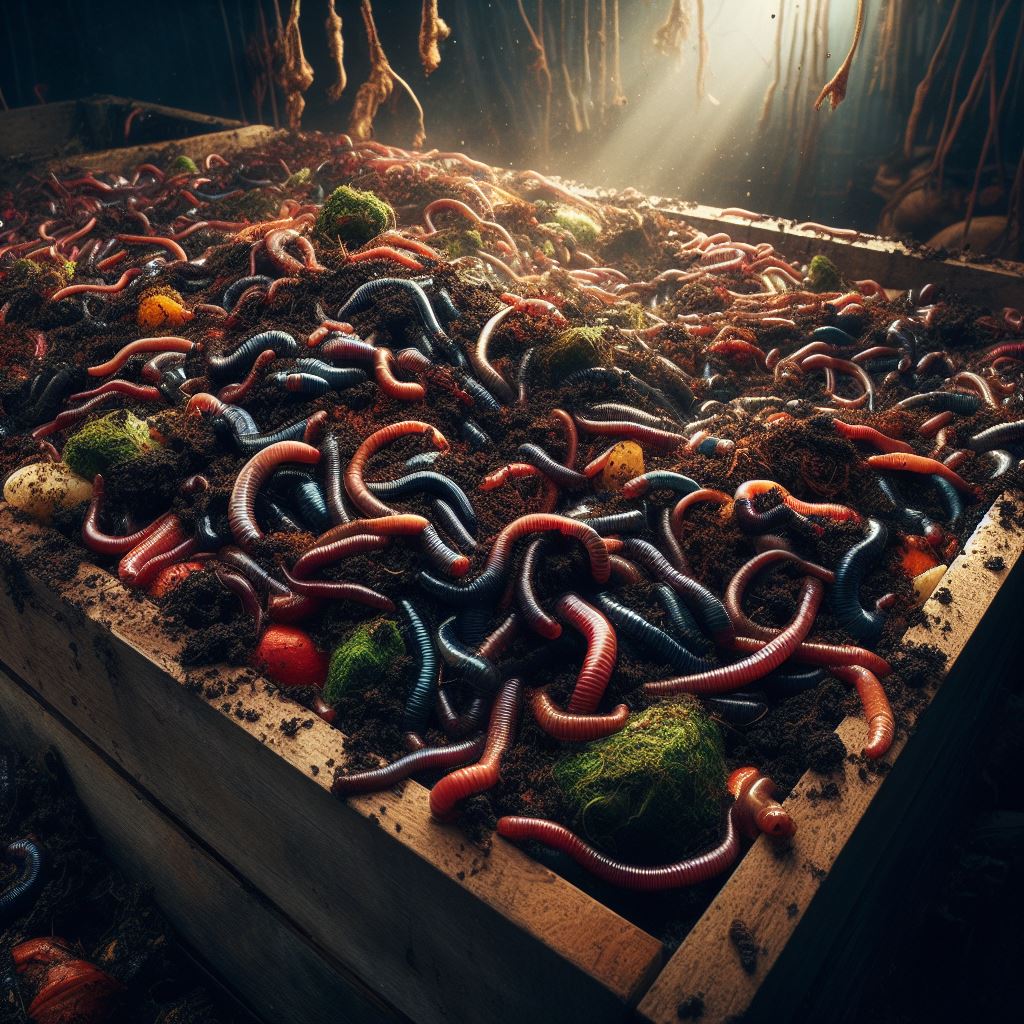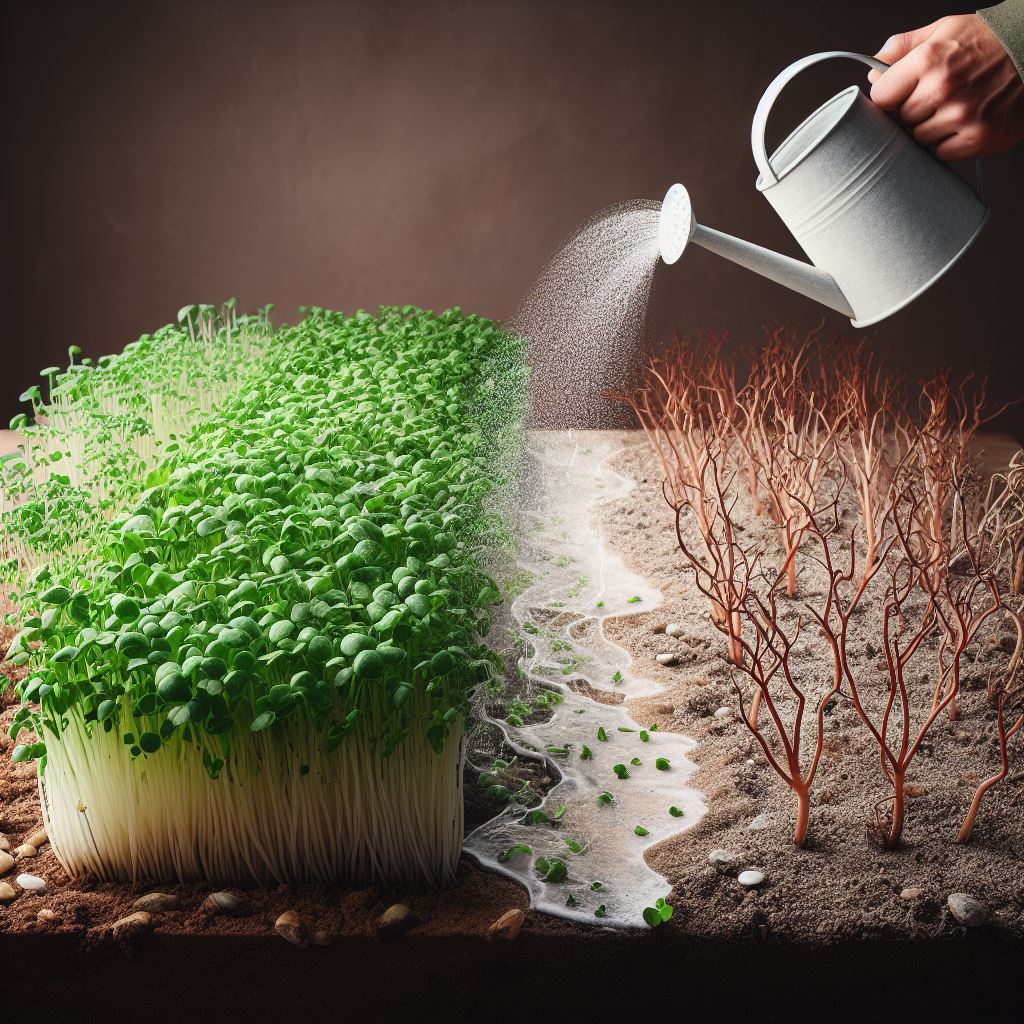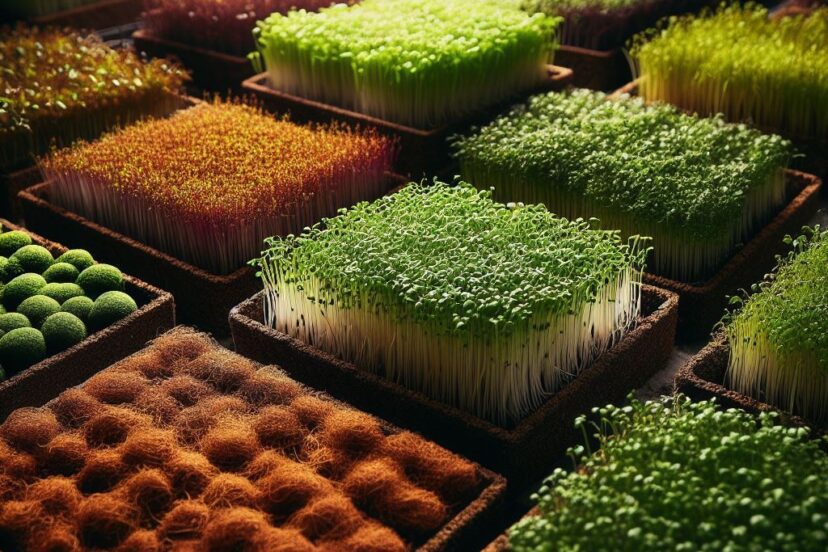Exploring Organic Growing Medium Options for Microgreens
Microgreens have taken the culinary world by storm, offering intense flavors and vibrant colors to dishes. As a passionate microgreen enthusiast, I believe that the choice of an organic growing medium plays a crucial role in the success of microgreen cultivation. In this article, we’ll delve into the realm of organic growing media, exploring their benefits, options, and providing insights into the fascinating world of microgreens.
Benefits of Organic Growing Media
Improved Nutrient Content
Organic growing media, such as coconut coir and vermicompost, boast a rich nutrient profile that enhances the flavor and nutritional value of microgreens. Unlike synthetic alternatives, organic substrates contribute to the development of microgreens with superior taste and health benefits.
Environmental Sustainability
One cannot ignore the environmental impact of cultivation practices. Opting for organic growing media aligns with sustainable farming, reducing the ecological footprint associated with conventional methods. It’s a small yet impactful step toward a greener future.
Healthier and Tastier Microgreens
The use of natural substrates for microgreens has been linked to producing microgreens with enhanced flavors. The absence of synthetic chemicals ensures a pure and unadulterated taste, making your homegrown microgreens a culinary delight.
Understanding Microgreen Growing Media
Microgreens have specific requirements for growth, and the choice of growing media significantly influences their development. The right balance of aeration, water retention, and nutrient availability is crucial for a thriving microgreen garden.
Popular Organic Growing Media Options
Coconut Coir
Coconut coir, derived from the husk of coconuts, has gained popularity as an excellent organic growing medium. Its exceptional water retention and aeration properties make it ideal for a variety of microgreens.
Peat Moss
While peat moss is a traditional choice, its sustainability has been questioned in recent years. However, it remains a viable option for microgreen cultivation, offering good water retention and a neutral pH.
Vermicompost
Worm castings, known as vermicompost, provide a nutrient-rich organic substrate for microgreens. Its natural fertility makes it a favorite among organic growers seeking optimal growth.

Homemade Organic Soil Mix Recipes
Crafting your organic soil mix allows for customization based on microgreen varieties. Ingredients like compost, perlite, and organic matter can be combined to create a nutrient-rich medium tailored to your specific needs.
Comparative Analysis of Organic Substrates
Water Retention Capacity
Coconut coir excels in retaining water without becoming waterlogged, providing a perfect balance for microgreens. Peat moss, while good at retaining water, may compact over time, affecting aeration.
Nutrient Availability
Vermicompost stands out for its immediate nutrient availability, giving microgreens a nutrient boost from the early stages. Coconut coir and peat moss may require additional supplementation as the microgreens grow.
pH Levels
Maintaining the right pH is critical for microgreen growth. Coconut coir tends to be pH-neutral, providing a stable environment. Peat moss may be slightly acidic, requiring periodic monitoring and adjustments.
Choosing the Right Organic Substrate for Microgreens
Matching Substrate to Microgreen Varieties
Different microgreens have varied requirements. Tailor your choice of organic substrate to match the specific needs of the microgreens you are cultivating, considering factors like water requirements and nutrient preferences.
Considering Environmental Factors
Your local climate and environmental conditions should also influence your choice of growing medium. For instance, coconut coir may be preferable in hot and dry climates, while peat moss may suit cooler regions.
Certified Organic Growing Media
Importance of Certification
Choosing certified organic growing media ensures that your microgreens are cultivated in an environment free from harmful chemicals. Look for reputable certifications that guarantee the organic integrity of the substrate.
Top Certified Organic Brands
Explore renowned brands that specialize in certified organic growing media. Brands like EcoScraps and Black Gold have gained trust among organic growers for their commitment to quality.
DIY Organic Soil Mix Recipes
Customizing Mixes for Specific Microgreen Varieties
Experimenting with homemade organic soil mix recipes allows you to create blends tailored to the specific needs of your favorite microgreen varieties. Fine-tune the mix to optimize growth and flavor.
Essential Components for a Successful Mix
A balanced combination of compost, perlite, and organic matter forms the foundation of a successful organic soil mix. Adjust proportions based on the water retention and aeration requirements of your chosen microgreens.
Tips for Successful Microgreen Cultivation with Organic Media
Proper Watering Techniques
Overwatering or underwatering can spell disaster for microgreens. Master the art of proper watering to ensure optimal growth. Organic media may require different watering frequencies, so monitor the moisture levels closely.

Monitoring for Diseases and Pests
Organic growing media, while beneficial, may attract pests or diseases. Regularly inspect your microgreens for signs of trouble and take preventive measures, such as introducing beneficial insects or using organic pesticides.
Harvesting Guidelines
Knowing when and how to harvest microgreens is crucial for flavor and nutritional content. Harvest when the first true leaves appear, using clean, sharp scissors to avoid damaging the delicate plants.
Environmental Impact of Organic Growing Medium
Reduced Carbon Footprint
By choosing an organic growing medium, you contribute to a reduced carbon footprint. The sustainable practices involved in producing organic substrates result in lower greenhouse gas emissions compared to conventional alternatives.
Sustainable Farming Practices
Supporting organic growing media encourages sustainable farming practices that prioritize soil health, biodiversity, and long-term ecological balance. It’s a holistic approach that benefits both the environment and your plate.
User Testimonials
Hearing from fellow growers can provide valuable insights. Many have reported exceptional results and improved flavors when using organic growing media. Experiment with different substrates and find what works best for you.
Common Challenges and Solutions
Mold and Mildew Issues
Organic media, especially when moist, can be prone to mold and mildew. Ensure proper ventilation, maintain appropriate moisture levels, and consider adding beneficial microbes to prevent these issues.
Adjusting pH Levels
Regularly check the pH levels of your organic growing media. If adjustments are needed, use organic solutions like lime or organic acids to bring the pH into the desired range for optimal microgreen growth.
Troubleshooting Nutrient Deficiencies
Organic media may occasionally lead to nutrient deficiencies. Supplement as needed with organic fertilizers, ensuring a steady supply of essential nutrients for robust microgreen growth.
Future Trends in Organic Microgreen Cultivation
Innovations in Organic Growing Media
The world of organic growing media is dynamic, with ongoing research and innovations. Keep an eye on emerging technologies that may revolutionize the way we cultivate microgreens organically.
Emerging Technologies
From advanced composting techniques to sustainable packaging, emerging technologies promise to make organic microgreen cultivation even more accessible and eco-friendly. Stay informed about the latest developments in the field.
Conclusion
Exploring organic growing medium options for microgreens opens up a world of possibilities for the avid grower. The benefits of improved flavor, sustainability, and environmental consciousness make the switch to organic media a rewarding choice. Embrace the journey of cultivating microgreens organically and savor the delicious results.
FAQs
What are the advantages of using organic growing media for microgreens?
Organic growing media enhances the flavor and nutritional content of microgreens while contributing to environmental sustainability.
Can I use homemade compost as a growing medium?
Yes, homemade compost can be an excellent component of organic soil mix recipes, providing nutrients for healthy microgreen growth.
Are there any specific microgreen varieties that thrive in coconut coir?
Coconut coir is versatile and suits many microgreen varieties, especially those that prefer well-aerated and moisture-retaining conditions.
How often should I water microgreens grown in organic soil mix?
Watering frequency depends on the specific organic soil mix and microgreen variety. Monitor soil moisture levels regularly and adjust accordingly.
Are there any alternatives to peat moss for organic microgreen cultivation?
Yes, coconut coir, vermicompost, and homemade organic soil mix recipes are excellent alternatives to peat moss, each with its unique benefits for microgreens.




